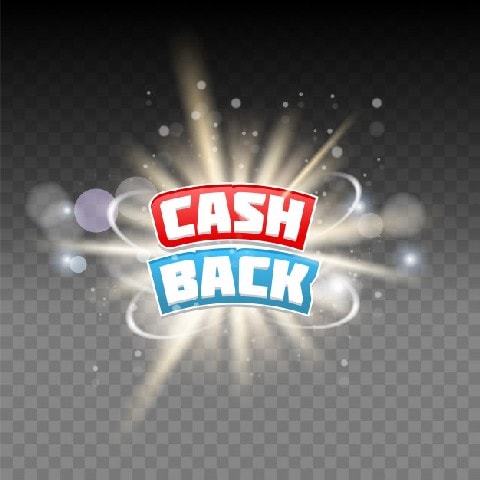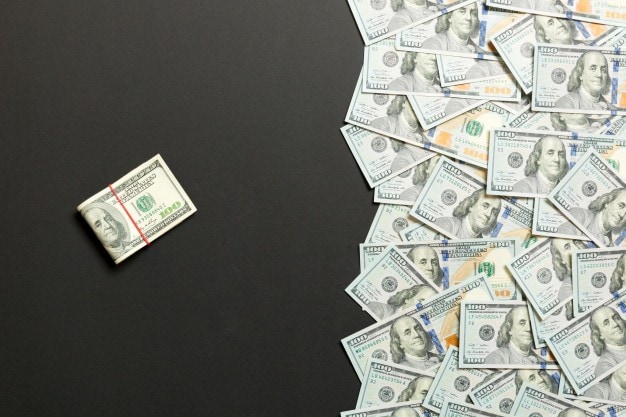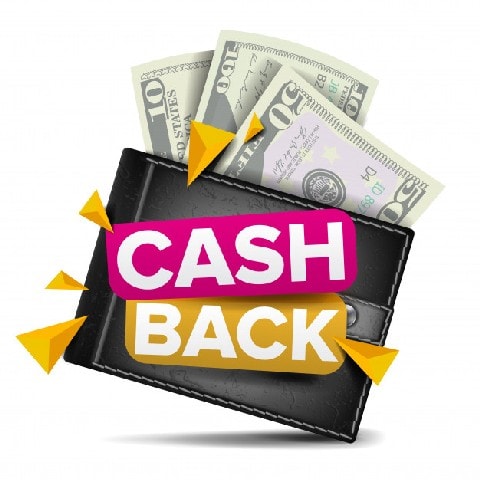Have you ever returned a product that you bought from any site? Well, if you have, then you must have seen that there is a money-back guarantee that is provided on some of the products that you buy.
Now, what is that you might wonder?
The money-back-guarantee is a guarantee that is provided on some of the products of a particular site.
This guarantee ensures that the people who end up returning the product that they buy will end up getting their money back if they are not satisfied with the products.
In this article, we will be diving deep into the world of Money Back Guarantee and try to understand the concepts associated with it. We will also understand the pros and cons associated with Money Back Guarantee, along with the economics related to this concept. So, let us get started right now-
Table of Contents
Understanding the Money Back Guarantee Method
Are you able to guarantee the work that you do or the product that you create?
Can you provide some surety on the products that you are trying to sell?
When people are trying to buy the products that you have, the money-back guarantee can be some of the main benefits for sure. It lets people know how confident you are about the product of yours in the first place.
Many different companies actually have the money-back guarantee on the products that they are trying to sell in the best way. This is something that has helped them in increasing their sales for a very long period. People seem to trust the products more that have a proper money-back guarantee.
However, it is essential to know that every method has some strengths and weaknesses. People need to know about that. This is what we are going to discuss right now. So, make sure that you are listening carefully.
In the next section, we are going to talk about the pros and cons that one might get from the fantastic money-back guarantee.
The Advantages of Providing Money Back Guarantee
Here we are going to talk about some of the common benefits that one might get when they offer the people with a money-back guarantee on the products that they have.
- When people provide a money-back guarantee, there is no barrier to the entire process of sales. So, that means it would be effortless to make a sale. This is something that can turn a browser into the customer or buyer.
- It provides you with a competitive edge. Many companies might be offering the same product that you do. However, since people tend to trust the products more that have a money-back guarantee, we are pretty sure that they are going to provide you with more benefits than your competition.
- With the help of a money-back guarantee, you can improve the relationship that you have with the clients or customers. In case they don’t like the product, they can get the full price in the best way. This will put the business of yours in their excellent books.
- It helps in the building of trust in the best way. You can gain the confidence of the customers which can help in increasing the profits of the company.
The Disadvantages of Providing Money Back Guarantee
Apart from the benefits, there are some disadvantages to the whole method of providing a money-back guarantee on the products. Here we are going to mention some of these cons.
- There is a chance that you might end up getting some customers who are frauds. They might use the product all that they can and then send the product back just before the guarantee period is over. It is one of the most common problems that most companies have to face.
- The business accounting can get a bit complicated, to begin with. The account handling becomes difficult because the sale cannot be recorded unless the customer uses the product without returning it. This can make things complicated.
- While you get some returned products, you might not be able to sell these products as a new one. This can result in some losses.
- Not to mention that the cash flow of the company might be a bit affected if someone returns the product after using it.
Some businesses opt for different strategies to enjoy better conversions. Two plans that are quite predominantly preferred by the businesses are Money Back Guarantee and Free Trials.
Now, there can be some confusion between both of these on the grounds of conversions. So, let us understand which strategy would be better for ensuring conversions-
Money Back Guarantee vs Free Trials
When you offer a Money Back Guarantee with a product, it plays a crucial role in building trust with the users. It is quite effective in increasing the sales of a product, as the people will be ensured that if the product does not satisfy their needs, they can return it and get their money back.
With free trials, you can witness a significant increase in the signups for your products or service. So, when you offer free trials, people do not prefer checking for the money-back guarantees and they immediately opt for the free trial versions.
In the long run and for sustainable existence, money-back guarantee policies can be more productive, while free trials can ensure more immediate response for business.
Wrap Up!
So, these are some of the essential things that you need to know about the money-back guarantee. All we have to say here is that you need to use this strategy wisely.
Strategies related to Money Back Guarantee have been a widespread practice from the very times when people started buying and trading goods. This is one of the best strategies for the businesses that are looking for customer loyalty along with the sales boost.
Money-back guarantee also plays a vital role in growing a respectable reputation for any company, plus it will motivate your existing customers to opt for new things.
All in all, with the right inclusion of Money Back Guarantee with your products and services, you will be able to convert those customers as well who had any kind of hesitation before opting for your goods.
So, what are your thoughts about the importance of Money Back Guarantee in running a business? Do you find it useful in converting more number of prospects of your business? Share your views with us in the comments below.
Liked this post? Check out the complete series on Strategy


